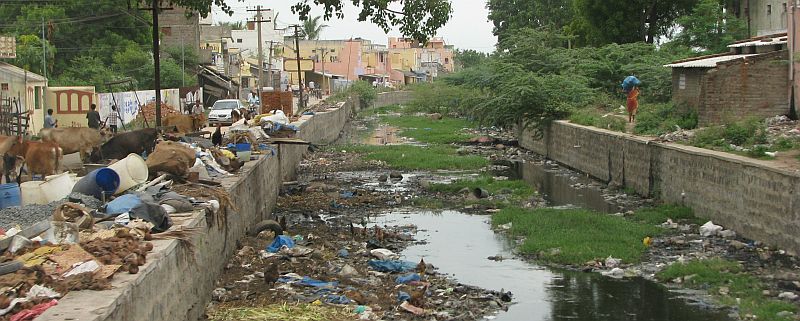
How to Pump Dirty and Contaminated Water
How to Pump and Screen Dirty Water Without Blocking Your Pump (or anything else along the way)

Liaski Genai
Published
Pumps and pump intakes all eventually block. Strainers on pump suction lines will clog; impellers can get choked with weed and debris.
By far, the best way of dealing with blocked and clogged pumps is to take steps to ensure that your pump does not get blocked in the first place. The use of self-cleaning intakes on suction hose, and submersible pumps with self-cleaning intakes will go a long way to achieving this.
Unless you are pumping very clean water and / or your pump has very good clearance through the impeller(s) some clogging is almost inevitable. Even the cleanest pond, river or lake water can contain duckweed, falling leaves, be prone to algal blooms, and that’s without the litter and other debris that now sadly fouls our waterways. Be mindful when pumping waste water and process water of the likely contaminants that could affect the operation of pumps.
You may be pumping to irrigate, to re-cycle waste water or pumping for storage. How often does equipment become blocked or clogged? Are you using self-cleaning filter pumps or self-cleaning intake filters?
Blockages and clogging on a pump suction intake are more than frustrating. Apart from the obvious loss of flow and usable water, your equipment could be damaged. Blockages can cause pumps to run dry – that is, the motor keeps running when no water is being pumped. This can damage pump motors by overheating, cause pump seals to fail and lead to cavitation.
Cavitation in centrifugal pumps refers to the effects of the pressure of a liquid falling so low that small vapour-filled cavities form in the liquid. These 'bubbles' can cause damage to pump impellers, make the pump noisy, and drastically reduce the efficiency of the pump.
Apart from the cost of repairing and replacing damaged equipment, time and energy is required to inspect, maintain pumps and strainers, and to remove blockages when they occur.
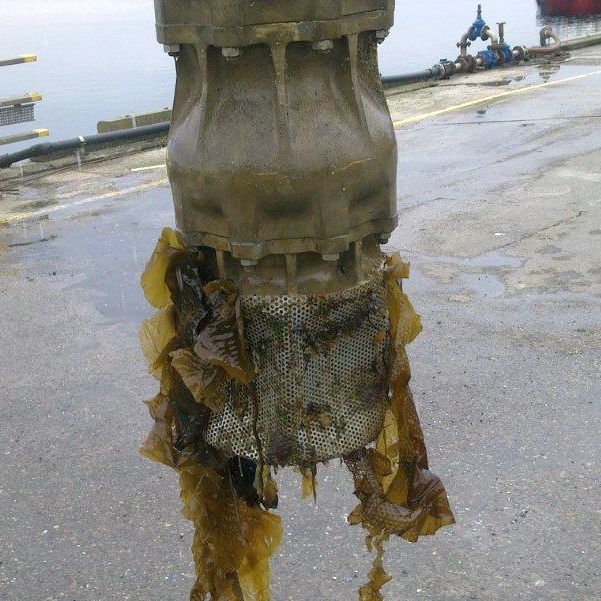
A thoroughly blocked pump will require some dismantling and cleaning. Always follow the pump manufacturer’s instructions and safety guidance. Intake strainers may block frequently, but they are far less complicated to clean and repair than pumps
The time spent unblocking pumps and strainers can be reduced or made less of a chore by carrying out regular maintenance, monitoring what’s being pumped, protecting the pump and making sure that the system is running at its most efficient.
Maintenance: - not so much a means of reducing the overall amount of time spent unblocking your system, but a way of spreading the load. Plus by cleaning and checking more frequently for less time, the risk of serious damage to pumps is reduced.
Know your enemy: most applications of moving water plan for an uninterrupted flow when the water is being pumped. Unless there is a continuous problem – for example the water is always weedy, or has a near constant level of contaminant, blockages and clogging will occur unexpectedly. Keeping an eye on the changing conditions of source water, and monitoring its particulate and debris levels, can help. Monitor flow rates for an early indication of clogging.
Screens, Strainers and Filters: - all seem like a good idea to protect the pump intake and downstream equipment from clogging and blocking. Although in truth, all that is happening is that the pump's difficulties now affect a screen or strainer on the suction line. Still has to be maintained, tho’.
Ensuring efficiency: If the hoses and pipes are clean, the pump is running at its most efficient flow rate, and maintenance is easy – for example by using quick release connections, blockages will be spotted early and be easier to deal with.
By far, the best way of dealing with blocked and clogged pumps is to take steps to ensure that your pump does not get blocked in the first place.
Investigate whether the water you intend to pump is murky or full of debris or weed, or if where you intend to pump the water might be affected by sudden weather events or change in water quality. If so, then consider the use of pumping and screening equipment designed for use in these conditions.
Submersible pumps are available that screen water as they pump while continuously back-washing the intake to prevent the intake and pump from blocking. Self-cleaning filters and strainers that automatically backwash while water is being pumped are available, ranging from small pond filters to industrial eel and fish screens.
All are designed to keep pumps pumping and strainers clear.
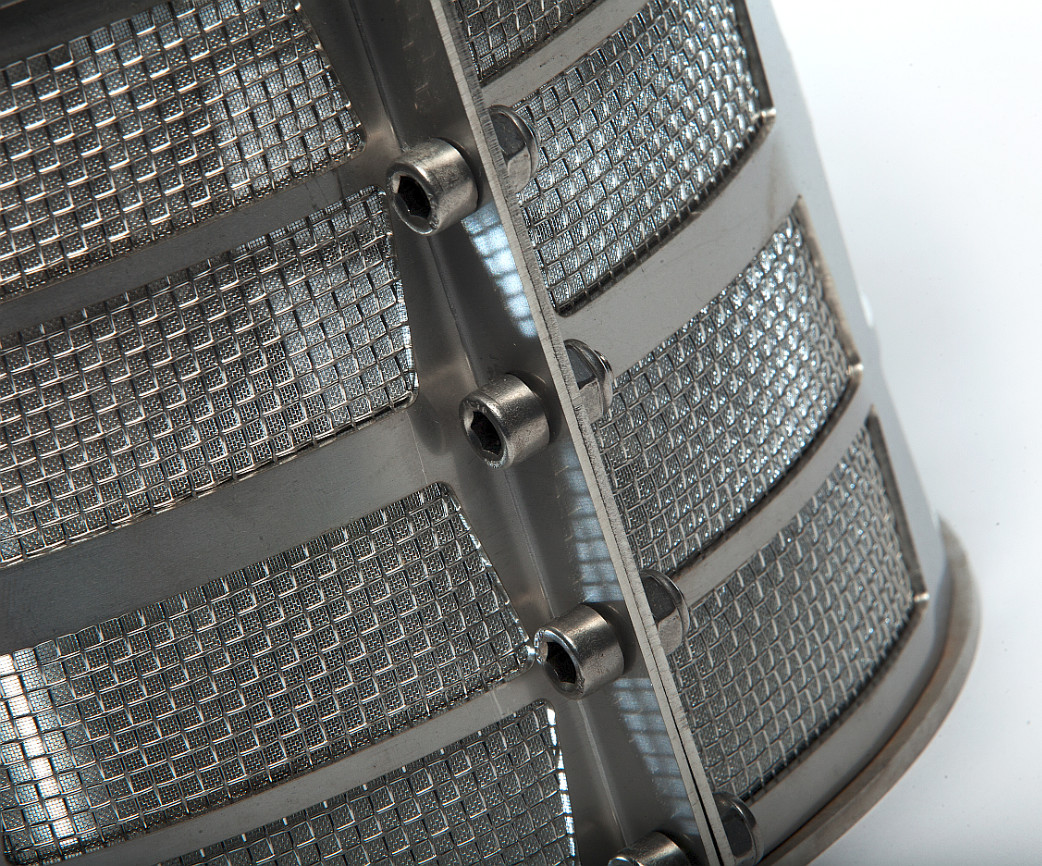
Share this insight
Contact our friendly experts now
to discuss your project
Or call our team on:
01297 560229
Related articles
View all
How to Pump and Screen Dirty Water Without Blocking Your Pump (or anything else along the way)
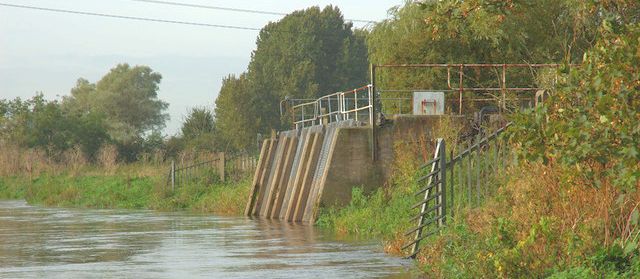
How to stop fish and eel screens from clogging and blocking. How to reduce intake screen maintenance costs.
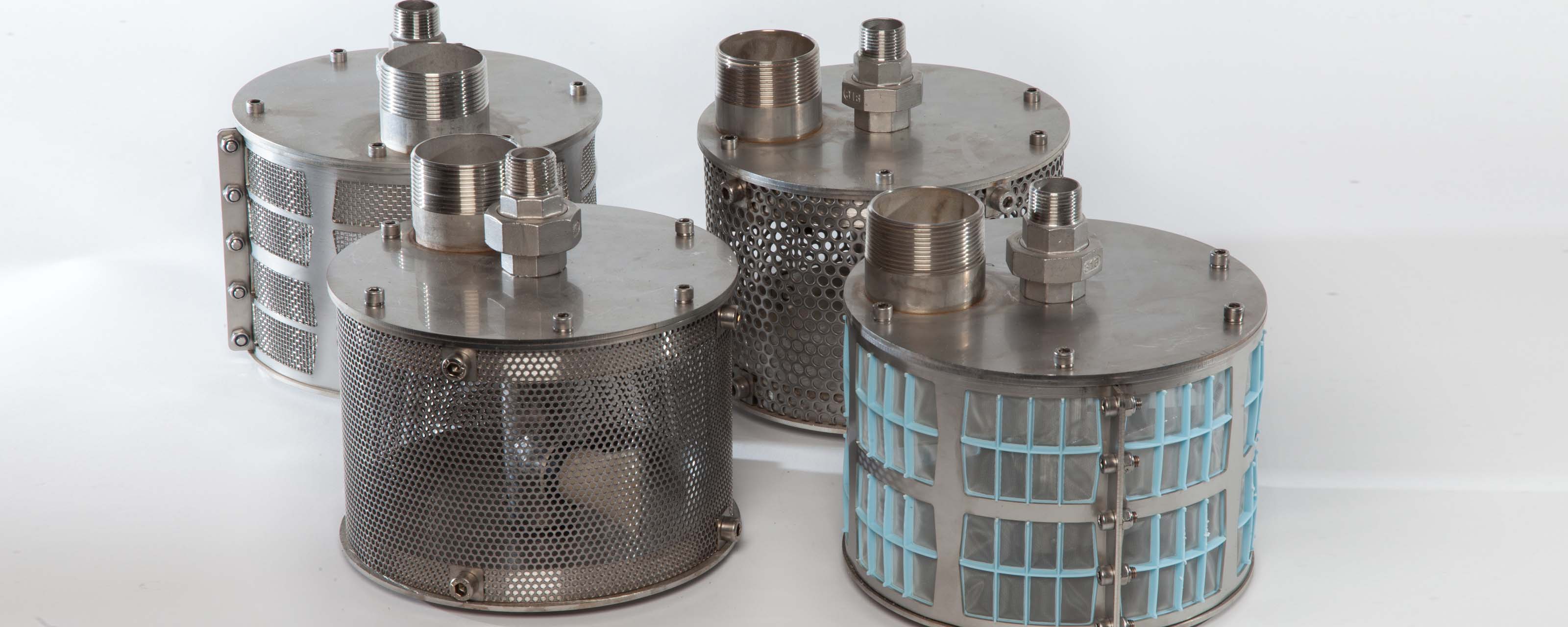
Rotorflush Self-Cleaning Suction Intake Filters & Strainers are for use with surface mounted pumps. Their low maintenance, and their continuous backwash that keeps the intake screen clear, are a welcome alternative to the traditional basket strainer. Pump suction hose self-cleaning filters with an automatic backwash to prevent the filter blinding or the pump blocking. Available for most flow rates.
This website uses cookies to ensure you get the best experience. Learn more